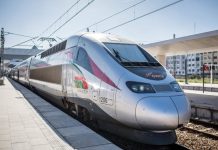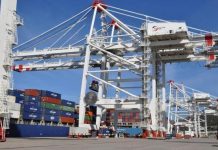Morocco’s ambitious electric highway project connecting the country’s southern and central regions has reached a key milestone. The National Office for Electricity and Drinking Water (ONEE) has commissioned Novec, a subsidiary of the CDG Group, to carry out the environmental and social impact studies for this vital infrastructure. This step marks a pivotal phase in a project seen as essential to Morocco’s energy transition.
The study will cover the entire 1,400-kilometer route, divided into three main sections: from the Oued Lekraâ conversion station to Tan Tan; the stretch linking Tan Tan to Marrakech; and finally, the segment connecting Marrakech to Mediouna in the Casablanca region. Novec won all three contracts, edging out GCIM, Phenixa, and Hydraumet with what ONEE deemed the most competitive offer.
This ultra-high-voltage line will transport renewable energy generated in Morocco’s southern provinces to the heavily populated and energy-hungry areas of the center and north. It will also boost energy security in the regions it traverses. The infrastructure is scheduled to come online in two phases: an initial 1,500-megawatt tranche by 2026, followed by a second tranche of equal capacity in 2028.
Back in May, the construction of the electric highway was awarded to a consortium comprising the Mohammed VI Investment Fund, Taqa Morocco, and Nareva. Beyond the transmission line itself, the consortium will lead several parallel projects focused on energy and water infrastructure.
These include the construction of combined-cycle power plants in Tahaddart, with a total planned capacity of 1,500 megawatts, as well as the development of an additional 1,200 megawatts from renewable sources. Together, these efforts aim to strengthen the national grid while accelerating Morocco’s clean energy ambitions.
On the water management front, the plan also involves large-scale inter-basin transfers, moving up to 800 million cubic meters of water annually between the Sebou and Oum Er-Rabiâ river basins. Additionally, green-powered desalination plants are in the pipeline, with a combined annual capacity of 900 million cubic meters. These facilities are being designed to operate at or below a production cost of 4.5 dirhams per cubic meter, in line with national targets for sustainable water projects.
As Morocco pushes forward with its energy and climate agenda, this electric highway and its associated initiatives reflect a broader shift toward integrated infrastructure solutions that combine renewable energy, water resilience, and economic competitiveness.





